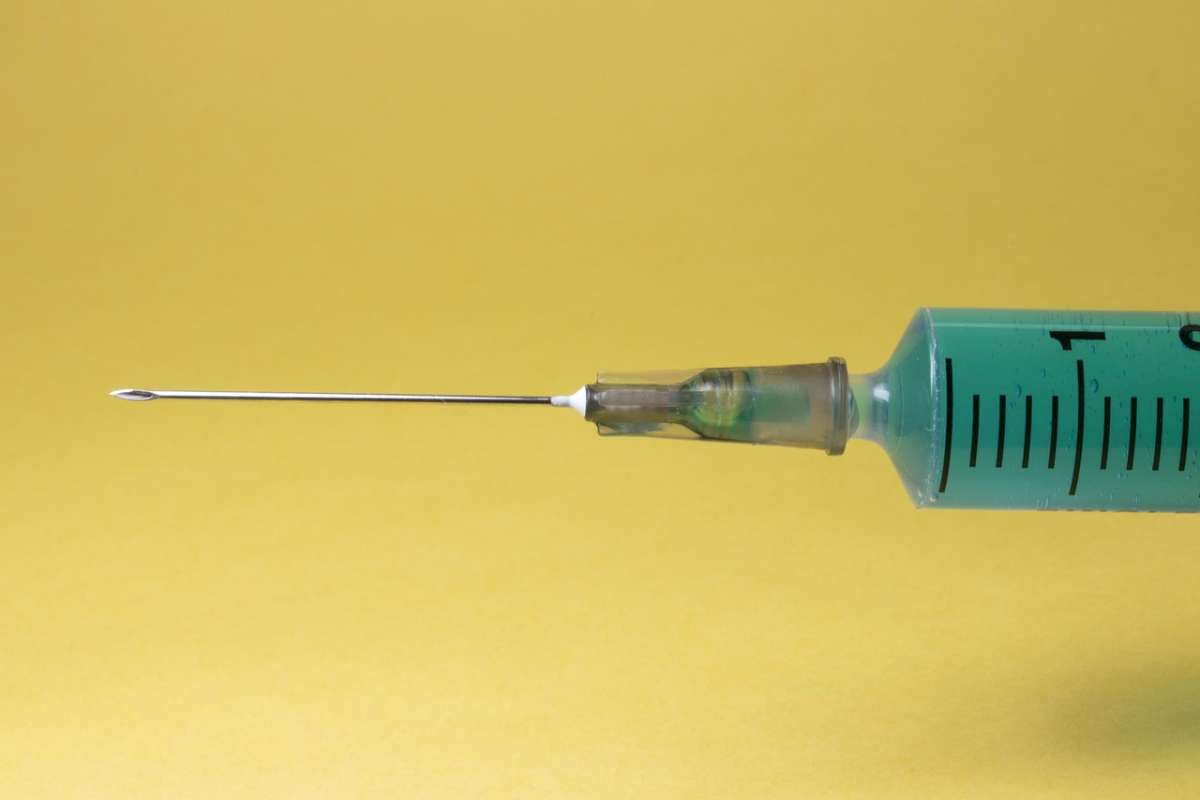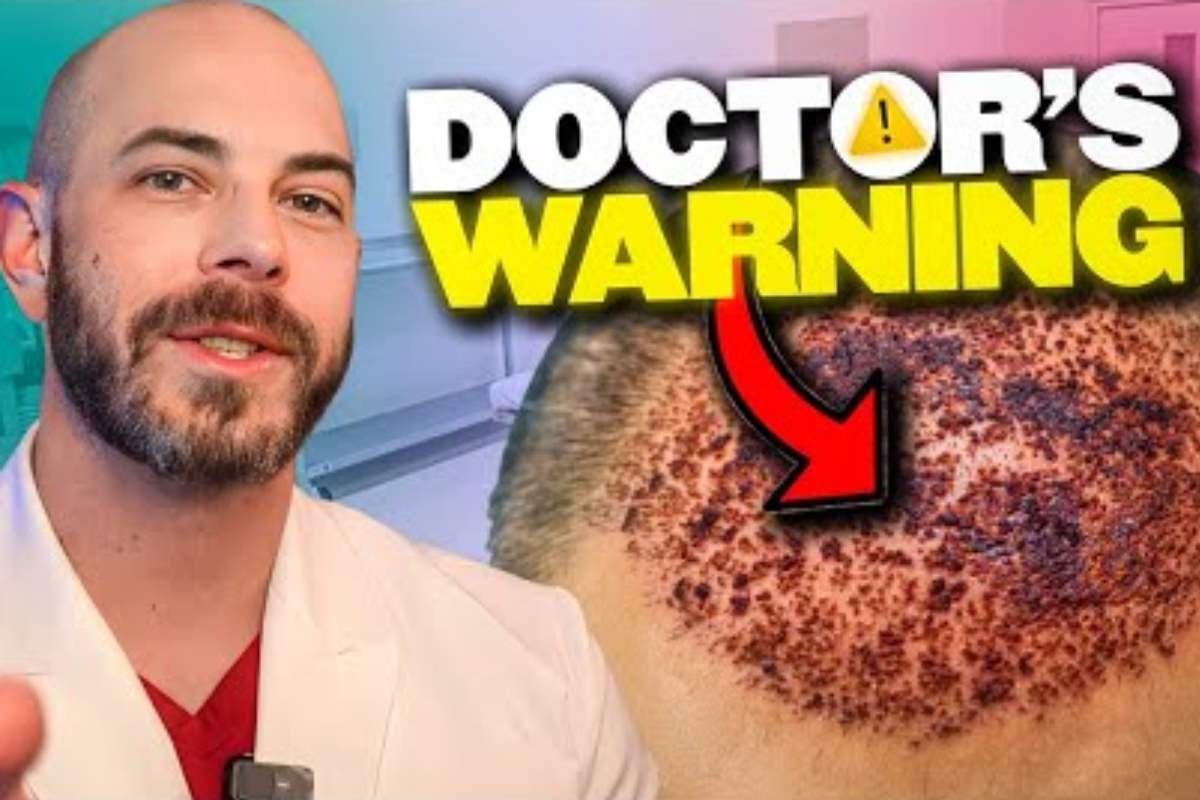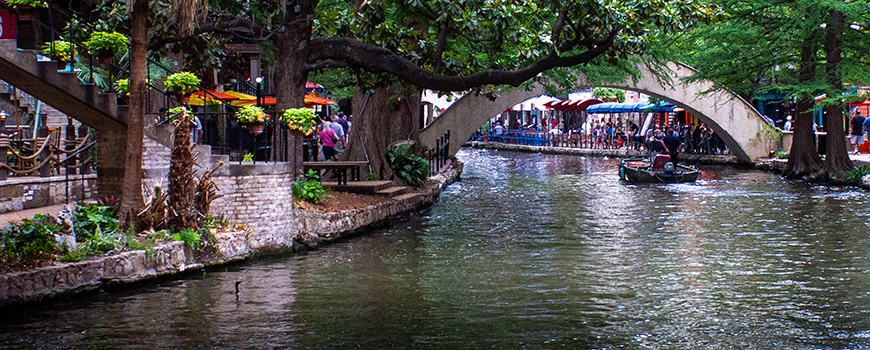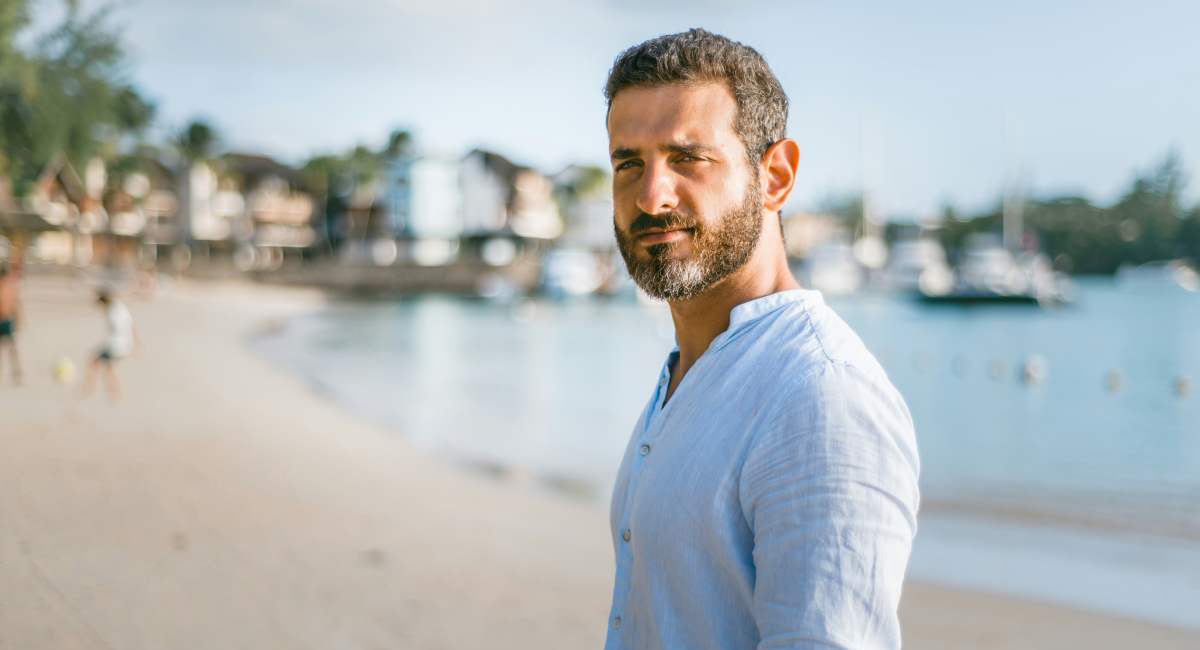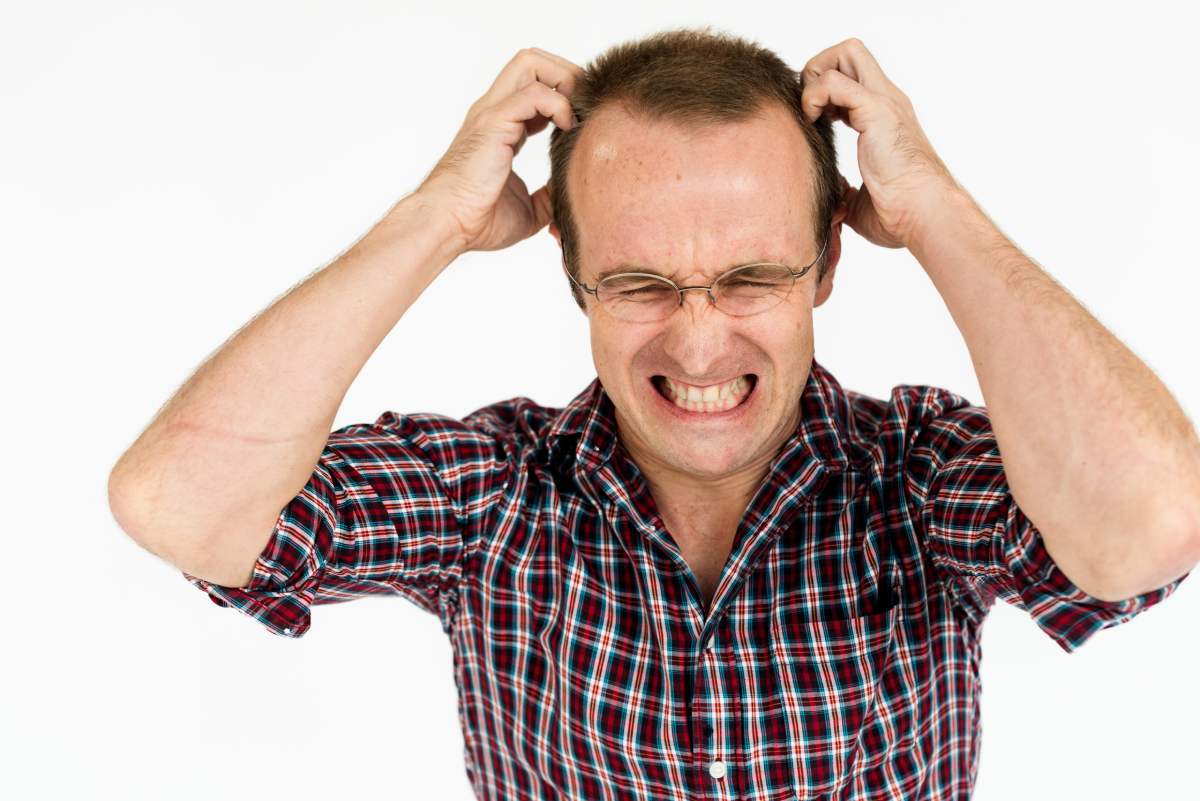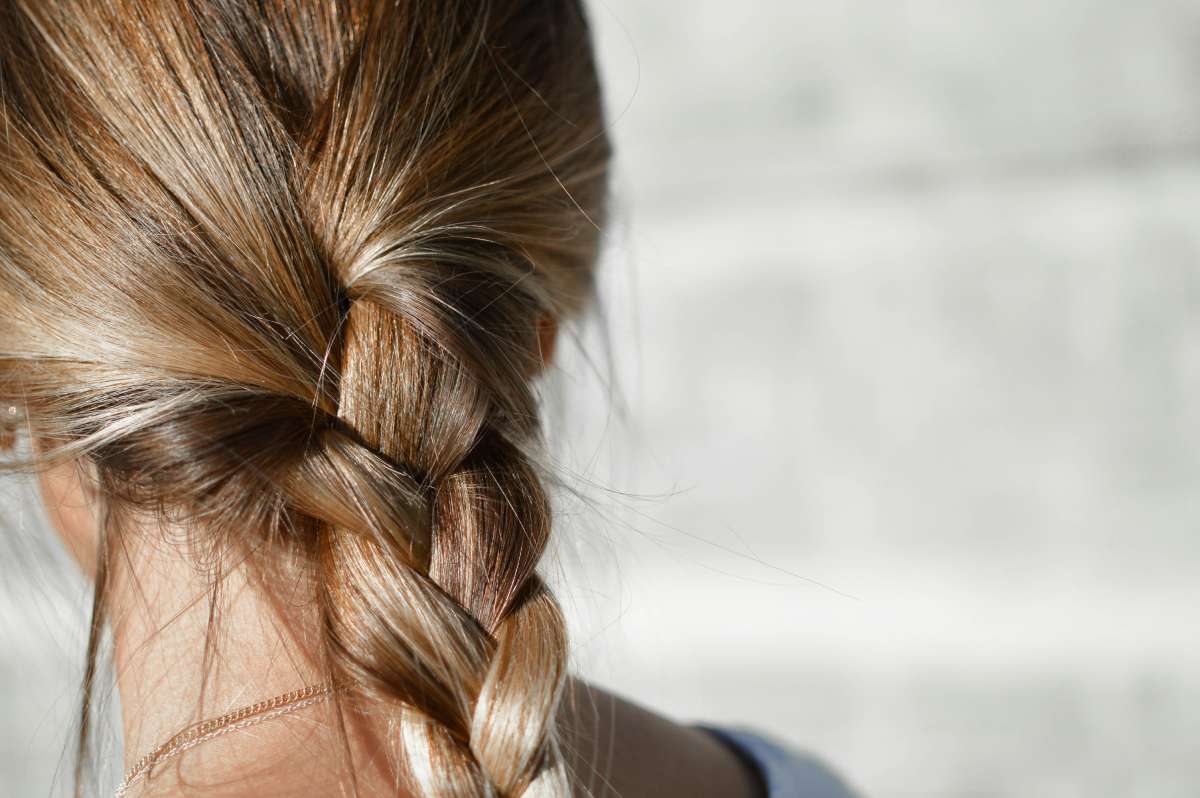Hair transplants have been around since their humble beginnings in 1930’s Japan where surgeons performed eyebrow and eyelash grafts on returning Japanese soldiers who had sustained facial injuries during the war.
Over the next 90 or so years, advancements in technology and medical break-throughs made natural-looking hair transplants a reality for millions of men suffering from male pattern baldness.
As the years have gone by, society, culture, and attitudes have changed in that body hair such as beards and chest hair are now coming back into fashion. Fueled in part by the Hipster culture, many men in their 20’s and 30’s who weren’t born with a lot of body hair are wondering if it’s possible to get hair transplanted onto their chest.
We’re going to look at what a chest hair transplant is, if it’s possible, and how it would be performed if someone was serious about getting one.
Why do Some Men Have Little to No Chest Hair?
There are a wide variety of reasons why some men have an abundance of hair on their chests and others can’t seem to sprout a single hair follicle. The absence of hair could be due to one of many things such as:
- Genetics
- Prior electrolysis
- Prior body hair removal
- Surgical scars
- Burns or other accidents
If you are one of those people that was born with little to no hair on their chest, unfortunately using prescription hair loss medications such as Finasteride or Dutasteride won’t encourage hair growth in this location. Topical hair loss products containing minoxidil (e.g. Rogaine) can make body hair longer, thicker or darker but only to existing body hair.
These and other drugs are useful in reversing hair loss in areas where hair is already present. The only viable solution to add or replace chest hair where there is none is to undergo a chest hair transplant procedure.
What are Hair Transplants?
A hair transplant is a technique in which hair follicles from one part of the body (referred to as the “donor site”) are surgically removed and transplanted to another part of the body (referred to as the “recipient site”). This procedure is most often used to treat male pattern baldness and works exceptionally well.
Hair transplants are performed on an out-patient basis. While a mild sedative can be administered, the procedure is most often performed using only local anesthesia over the course of a several hours. Depending on what the patient and surgeon decided in the pre-surgery consultation, the entire process could take place in one or multiple sessions.
Technically, hair transplants can be performed anywhere you desire hair on your body. So, a chest hair transplant is not entirely out of the realm of possibility.
But are people really getting them?
Chest Hair Transplants
While not a common procedure, hair transplant surgeons have had clients who have requested hair be transplanted onto their chest area.
So how would a chest hair transplant work theoretically?
First, an experienced hair surgeon would determine if you have sufficient donor hair to make this procedure feasible. Most likely the donor hair will come from the back of your scalp where hair is the most resilient to transplant. If so, it could be performed utilizing either FUT or the FUE method. FUE minimizes post-op pain and creates small round scars that will be hidden by the surrounding hair.
Once a suitable donor site has been determined, when performing an FUE, the surgeon would use a device to cut out a very small punch of skin that surrounds 1-3 hair follicles. This “graft” is then inserted into a slit in the chest that is created with a small needle.
This is repeated anywhere from 500 to 1,000 times for each hair graft that is created and inserted. It could take multiple surgeries to achieve the desired look and density of hair. But just like a scalp hair transplant, the full results of a chest hair transplant will take up to 12-14 months to see.
Recovery from Chest Hair Transplants
The recovery from a chest hair transplant is similar to a transplant performed on the scalp. After the procedure has been completed the patient will be sent home to recover.
If there is any physical discomfort, it’s usually very minimal and can be alleviated by taking over-the-counter pain medication recommended by the surgeon. There may be some swelling in the donor or recipient area which will usually subside in anywhere from two to three days.
It can take around three months for natural hair to start growing. During this period, it’s advisable to follow the after-care instructions of the surgeon for best chances of success.
Average Cost of a Chest Hair Transplant
The average cost of a chest hair transplant will vary based upon the amount of hair that needs to be transplanted and work that needs to be done. The best way to get a good idea of overall cost is to schedule an appointment with an expert hair transplant surgeon and explain in detail exactly what you’re trying to accomplish. Only then can the surgeon give you a cost estimate.
Chest and Hair Transplants in San Antonio
If you’d like to learn more about what a chest hair transplant would entail and cost, contact us at (210) 496-9992. At the Limmer Hair Transplant Center, we’re the foremost experts on hair transplants. Over the past 30 years, we’ve helped countless individuals regain both their hair and self-confidence.

